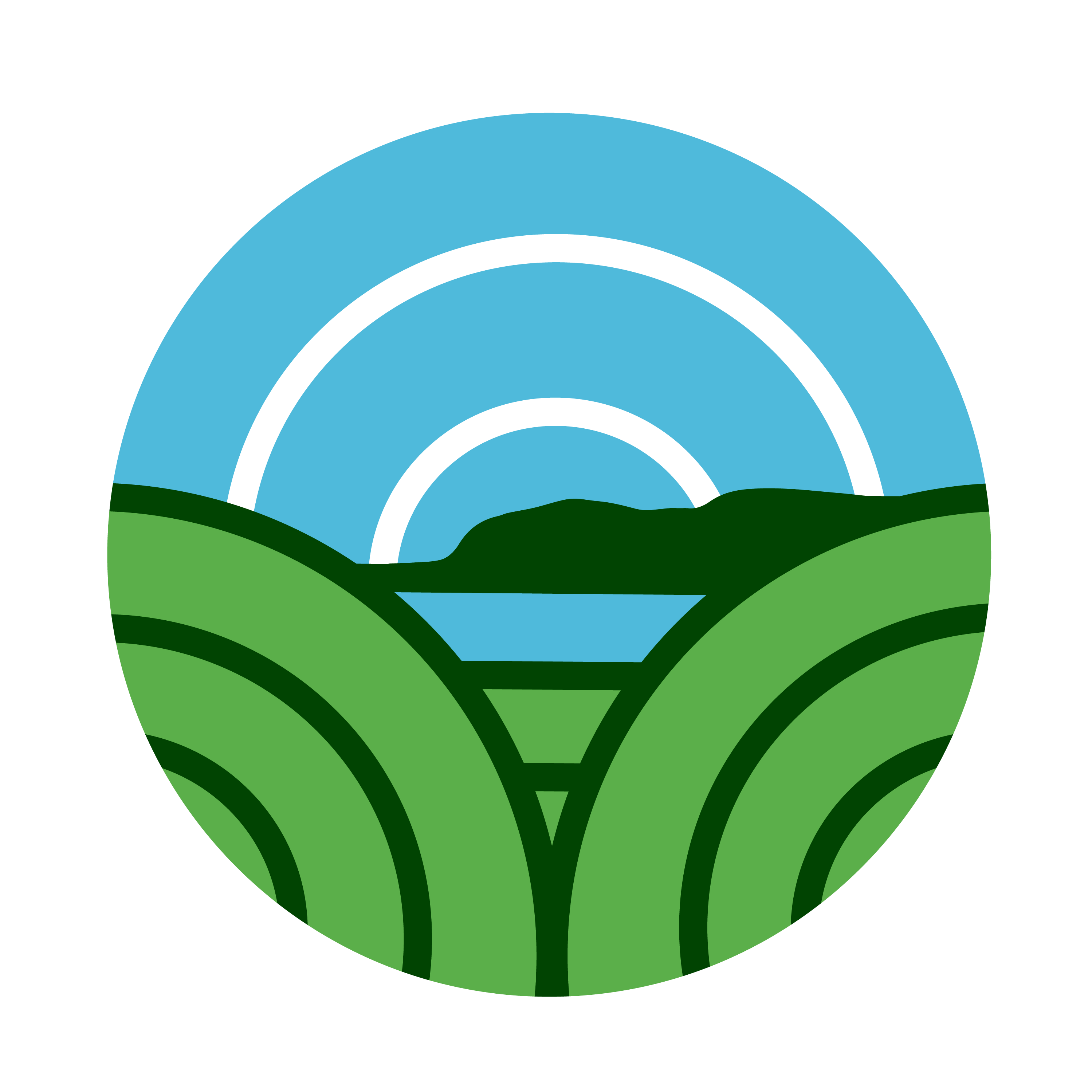Infrastructure & Transport
As an isolated community, Glenshesk relies heavily on good infrastructure, particularly in it’s roads and bridges, in order that people can get out and about. However, over the years because of the terrain and inclement weather, passage through the Glen can be challenging on occasion. As the quantity and quality of the roads have improved, so has the actually way of getting about, whether on foot, horse, horse and trap, or motorised transport.
Infrastructure:


The Old Road: Before the Glenshesk Bridge and was built in the 1846, as well as “The Inlet”, it was possible to travel to all of the farms on Glenview and Greenan’s Road including Glenview, Duncarbit, Greenans, etc., by turning up the old road opposite the entrance to Brown’s farm at Broughmore. This was the original road to these farms, and although badly overgrown now, parts of it were passable until the 1970’s. The old road between Broughmore and Glenview House has now been reclaimed back by nature, but you can still see parts of it, if you don’t mind a bit of vegetation. There are still a number of small beautifully built bridges along it which are now almost hidden.
There are also ancient cart tracks along it, which tapered off to higher ground. At one bridge in the middle of Broughmore, Kevin Francis McCaughan as a teenager around the 1930’s, found two old rusted rifles. As he was moving sheep at the time, he left the guns there to be collected later, but when he returned, both had been lifted!
Greenan and Glenview Road: A large number of farms are reached from The Inlet to Greenan and Glenview Road which eventually lead to dead-ends. Both road,s which continue one after the other in a straight line, command great views of Glenshesk and across the sea to Rathlin Island and beyond. On a clear day you actually can make out the lighthouse on Islay Island off Scotland, and at night you can catch the lighthouse’s beam crossing the sky.
It is on this stretch of road where the Glen School is situated, and the local children, many decades ago would have taken the short trip home for lunch before returning to the school. Greenan and Glenview Road also gives one of the best views of the majestic Knocklayde, at its most perfect arch shape, often giving us a dramatic silhouette at sunset.
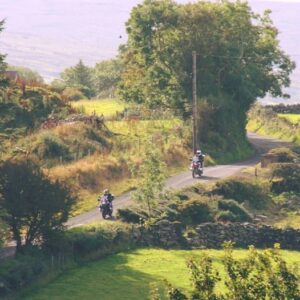
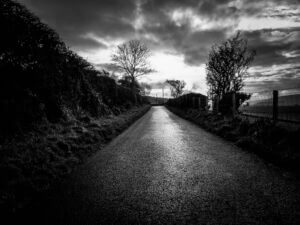
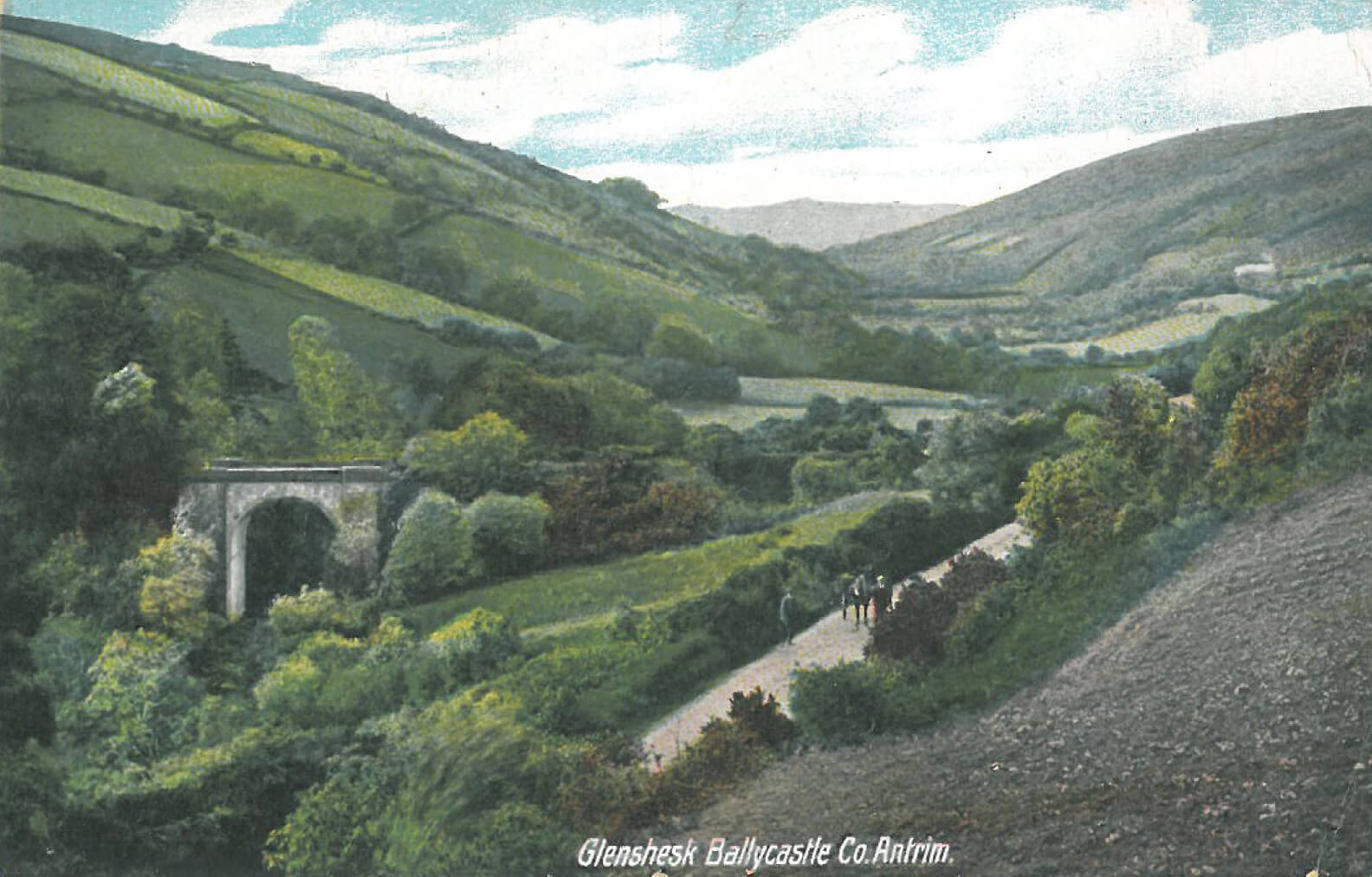
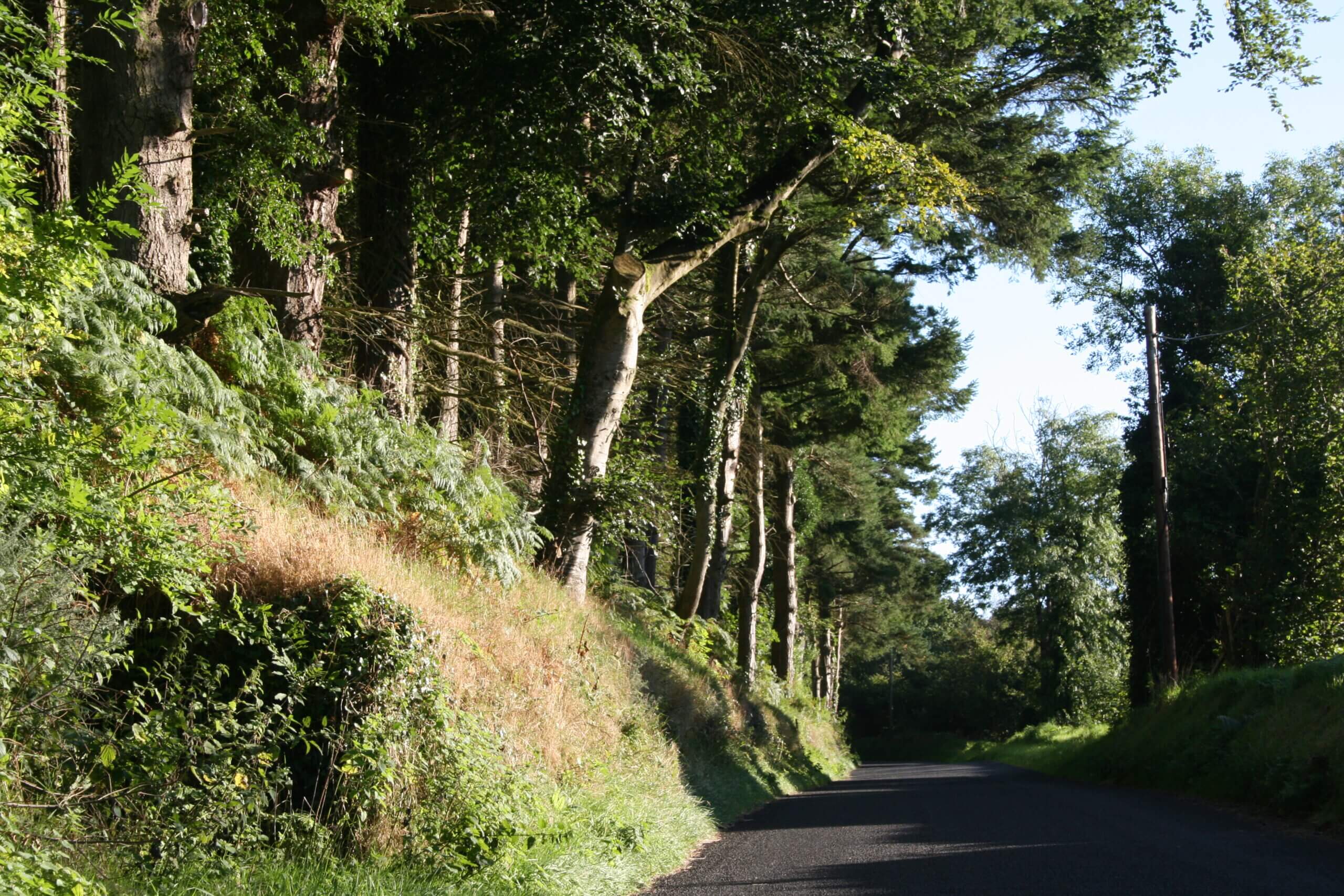
The Inlet: It was Francis McCaughan who planted the forest on the upper side of The Inlet on his land (Duncarbit Farm), possibly around the 1900’s, and has now itself become a distinctive landmark in the Glen. The Inlet also has a hidden bridge which locals don’t realise they are crossing every day. The lower side of the Inlet is mainly ancient woodland, and of course, part of it slid into the Glenshesk River in 1998. Another interesting feature of The Inlet is what some had thought (including myself) were passing places, three in number and at least two further down at Broughmore.
Before tarring of roads was introduced, the roads were covered in stones. The Council at that time issued contracts to local men to collect stones, in this case mainly sourced from the Glenshesk River using carts. The stones were then deposited in these recesses, and collected later by the Council who presumably paid them by the tonne. The last two men in Glenshesk to have such a contract about 60 years ago, were brothers Charlie and John Laverty from Greenans, Glenshesk.
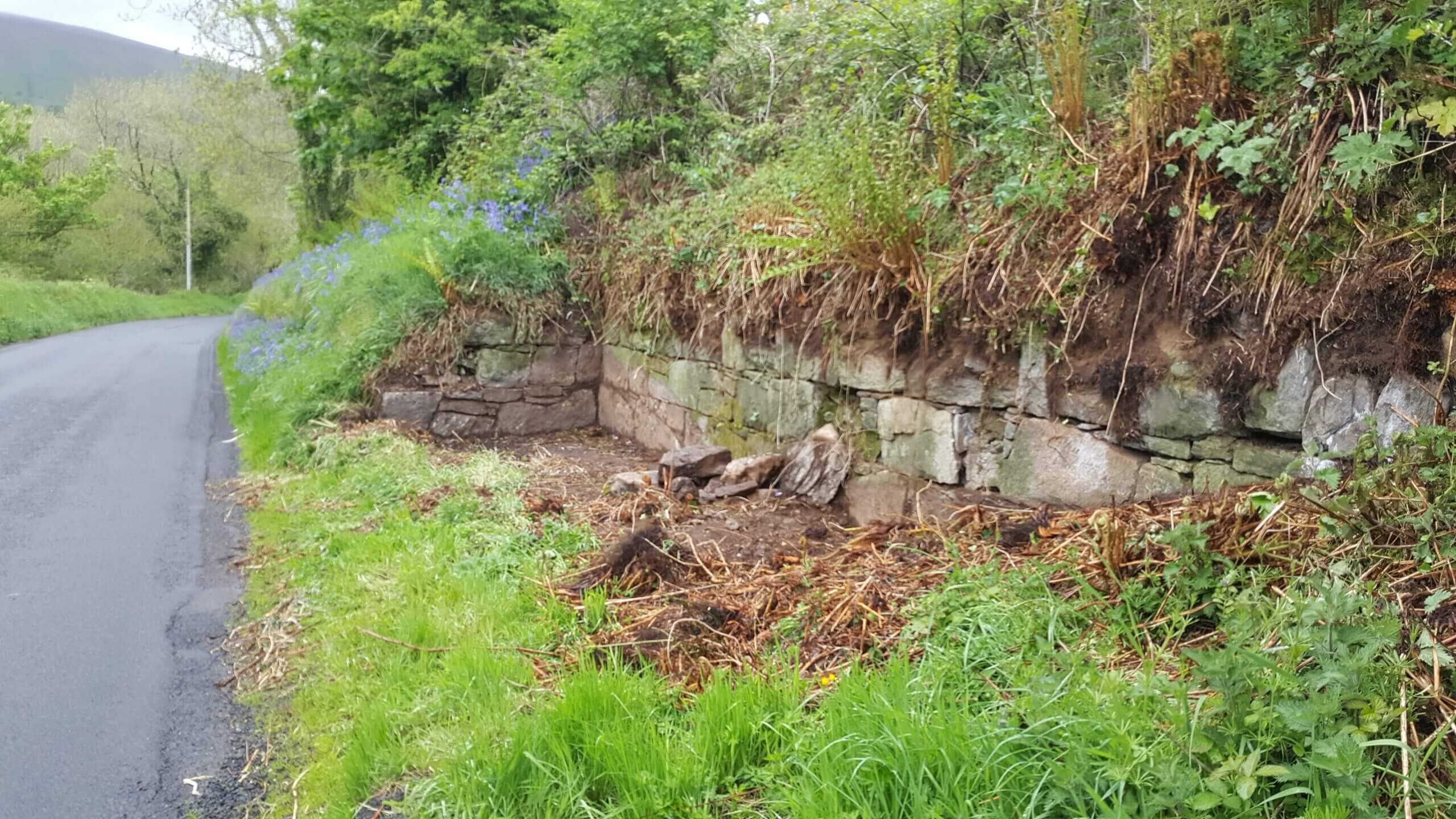
Glenbank Road: This is the short road which connects the Glenshesk Road to Drumavoley Road. Starting from the Glenshesk Road, it snake’s its way past the Glenshesk Chapel and then the striking Glenbank House. It’s quite a bendy road with a sharp double-bend at Glenbank House, which during the 1980’s was a great viewing point for the Circuit of Ulster rally, catching out a few cars in the rally.
“Glenbank the residence of Mrs Cuppage is about four miles from Ballycastle up the Glenshesk river. Being quite among the mountains the scenery is of a wild character, and though not sufficiently so to entitle it to the appellation of romantic scenery it possesses considerable beauty. The house is small one storey high and is seated on the edge of the road. It is very neat and tasteful in its appearance”. (Ordnance Survey Memoir for the Parish of Ramoan, Co Antrim by James Boyle, 1835).
Glenbank House is probably the oldest inhabited house in Glenshesk.
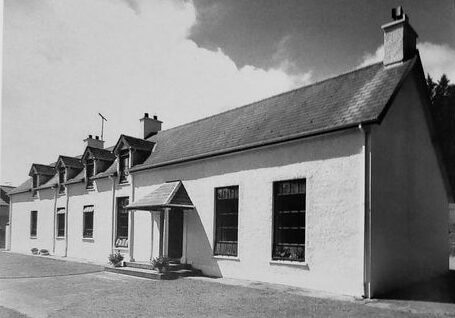
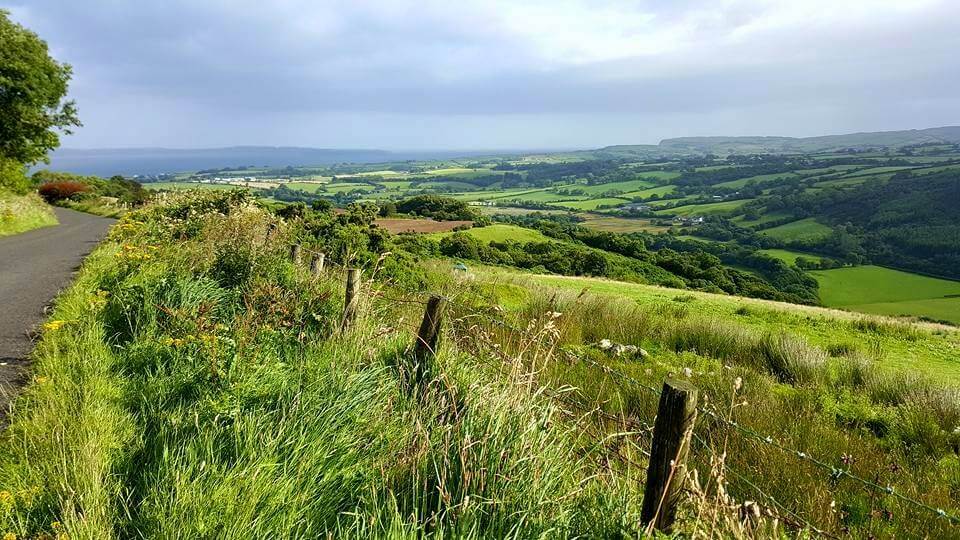
Drumavoley Road: Known by many as the “High Road” for obvious reasons because of its superb unparalleled views of Glenshesk from quite a height, it’s a popular road for day trippers and tour buses. This is said to be the oldest road into Glenshesk from Ballycastle, which eventually led into Armoy Glen and Village. On a clear day, not only do you get a great view of Glenshesk, but heading in the Ballycastle direction you can see right across Rathlin Island to Scotland and the Paps of Jura on the western side of the island of Jura, in the Inner Hebrides of Scotland; their highest point is 2,575 feet. Part of the Road is also known locally as Cool Brae, which is a steep hill and can be treacherous when icy or covered in snow. The bottom of the brae is followed by three small sharp hills on the road in quick succession, which can give the experience of a roller-coaster when driven over; always a highlight for younger (and older) ones! Click on the Link below to see the great view from Drumavoley Road
Glenshesk Road: The main road through Glenshesk is the Glenshesk Road, linking Ballycastle and Armoy. The windy road offers different views of the Glen at each turn and deceptively increases in height, the deeper you travel into the Glen. In the middle of the Glen, you don’t realise the height you have climbed because of the heavy ancient woodland that clings to the road on both sides, unless you stop at one of the major landmarks in the Glen, Glenshesk Bridge, and look over it. As this bridge dates from 1846, then obviously this part of the road dates from then too, as no road is shown over the river in the 1832 OS Map.
The road hugs the side of the steep valley, and on occasion the road itself has slipped into the Glenshesk River on more than one occasion. In the 1980’s when this happened at Broughmore, the local community, including the school buses, had to travel back to Armoy to get to Ballycastle.
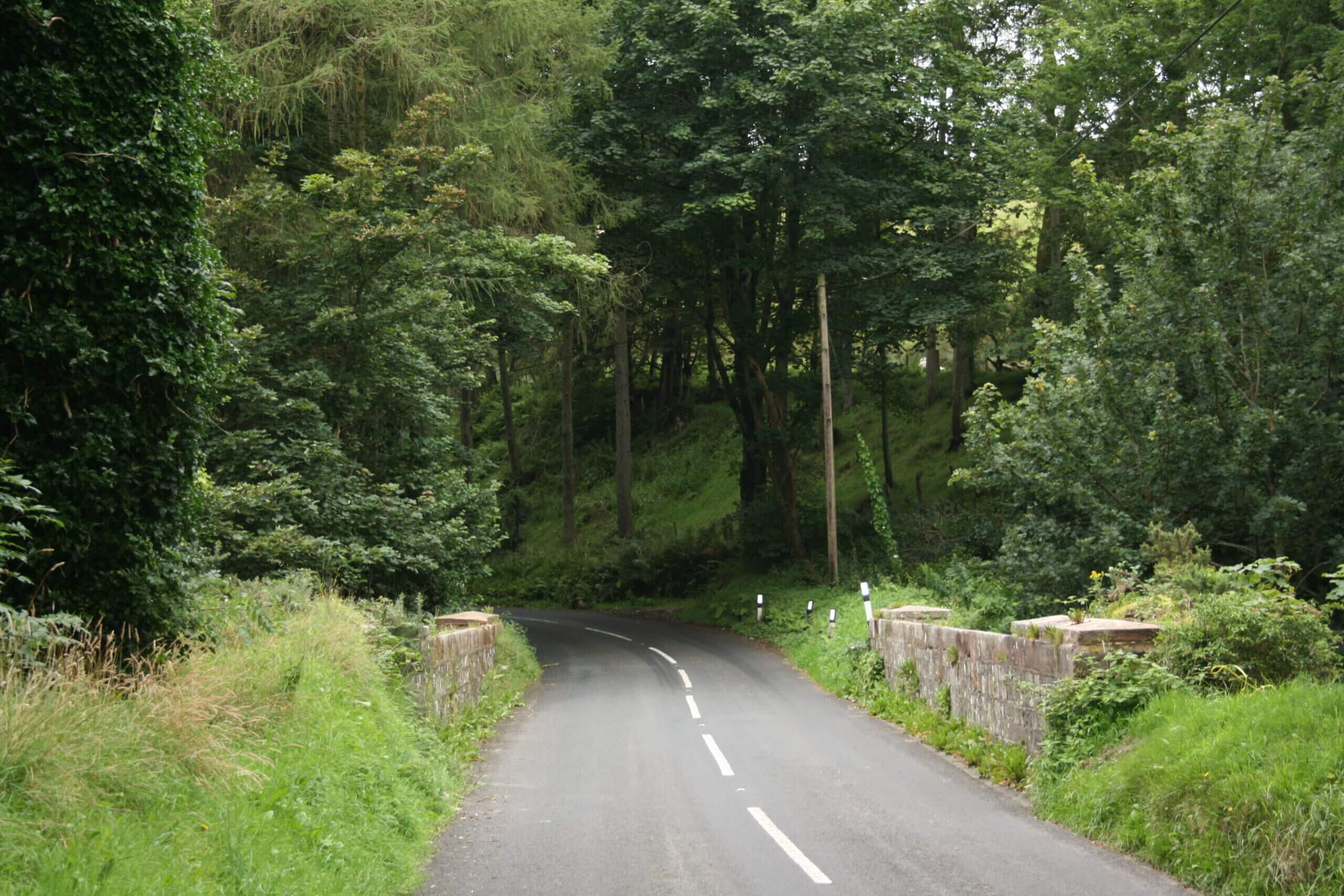
Glenshesk Bridge: Glenshesk Bridge is an early Victoria bridge built by William Bald in 1846; “Planted in 1946” is inscribed on the bridge. The building of this road started in 1844. It is “B1” Listed. Under the instruction of the Antrim Grand Jury, he also famously built the Antrim Coast Road which at the time (during the Irish Famine) was the largest civil engineering project in Ireland, 1832-1842. Similar in design to Glendun Viaduct (3 arches) which was built by Francis Ritchie, and designed by the famous architect Charles Lanyon in 1839 who was the County Surveyor, the bridge was undoubtedly designed by Lanyon! Lanyon, who was one of Ireland’s most famous architects working in Ireland, also designed Queen’s University Belfast, Palm House Botanic Gardens, Crumlin Road Gaol & Courthouse, Castle Leslie and many other notable structures across Ireland. In the Dept of Communities website (link below), it states:
“Although the quality of construction of Glenshesk Bridge is typical of many mid-19th C bridges, its size and single soaring arch sets it apart. Its scale is also accentuated by its dramatic setting over a deep rocky gorge. The two figurine keystones are unusual embellishments and the fact that it is built to the skew, rather than orthogonally, adds to its structural interest. Its fabric survives in a largely unaltered state, although it is unfortunate that its date stone is no longer legible and gunite obscures the structure of the arch soffit. It is an excellent example of Charles Lanyon’s architectural skills and of William Bald’s contracting abilities.”
This substantial bridge is known locally as the “Big Bridge”, and is unique in the Glens of Antrim as the only known bridge with carvings on both sides. The bridge is one of the most majestic bridges in the Glens, but because of the heavy vegetation around it including ancient woodland, you would not really know that you are crossing such a high bridge, which is hidden from view from nearly all angles. Click on the first blue button below to see Drone Video of the Bridge taken in the summer of 2024
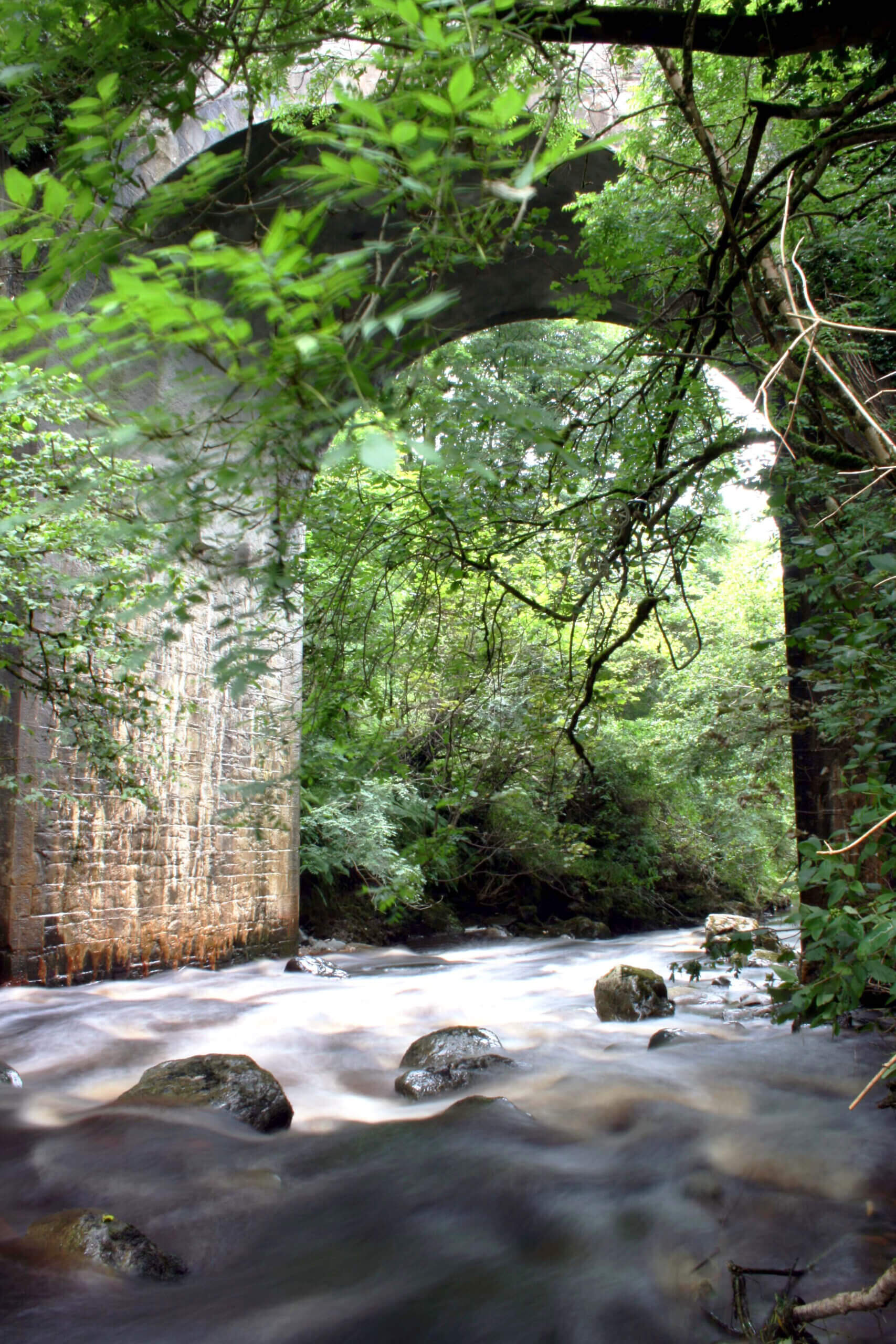
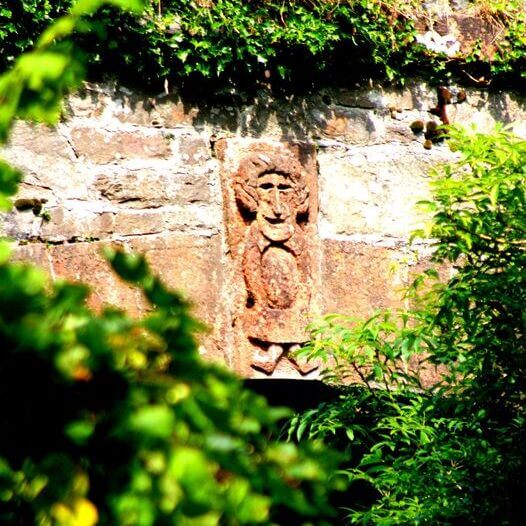

The Glenshesk Bridge is one of the major landmarks in the Glens, but because of the heavy ancient woodland around it, few get to see it in all its glory. Apart from the unique carved figures, there are some scribbles of ancient graffiti on it, including a note of when trees were planted beside it.
Although the bridge is at a sharp bend, the bridge was accident free until the 1980’s, when within 2-3 weeks, two accidents occurred at it, as cars travelled in the Ballycastle direction. There was no raised ditch at the time leading up to the bridge, just a rough layby area, which could be mistaken for the road continuing on. When you consider the height of this bridge, plus the fact that the small ditch would have created a take-off ramp for any vehicles that misjudged the bend, it is unbelievable and miraculous that no one was killed or seriously hurt. The DOE soon after the second accident built a high ditch across the original layby, and installed reflective posts.
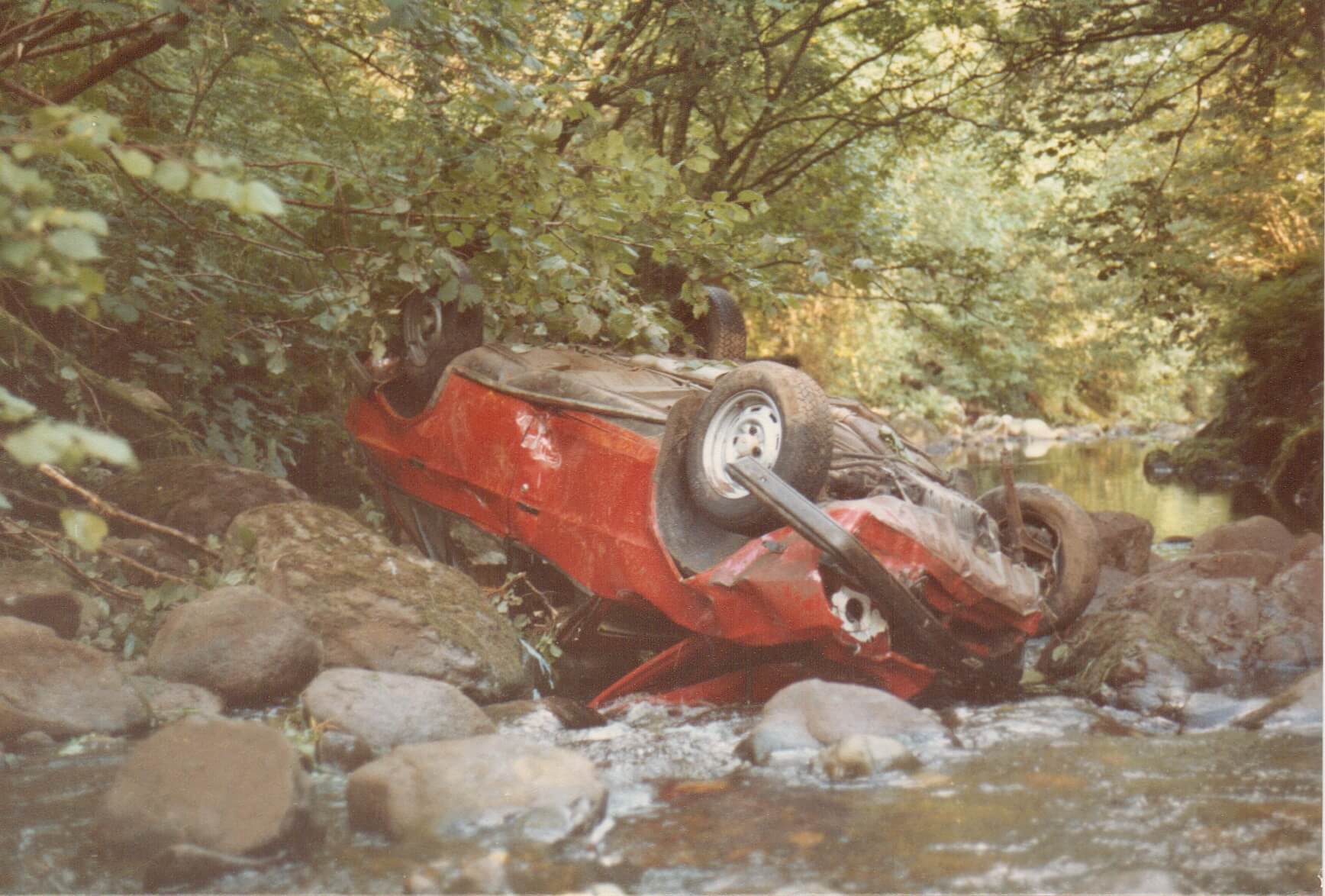
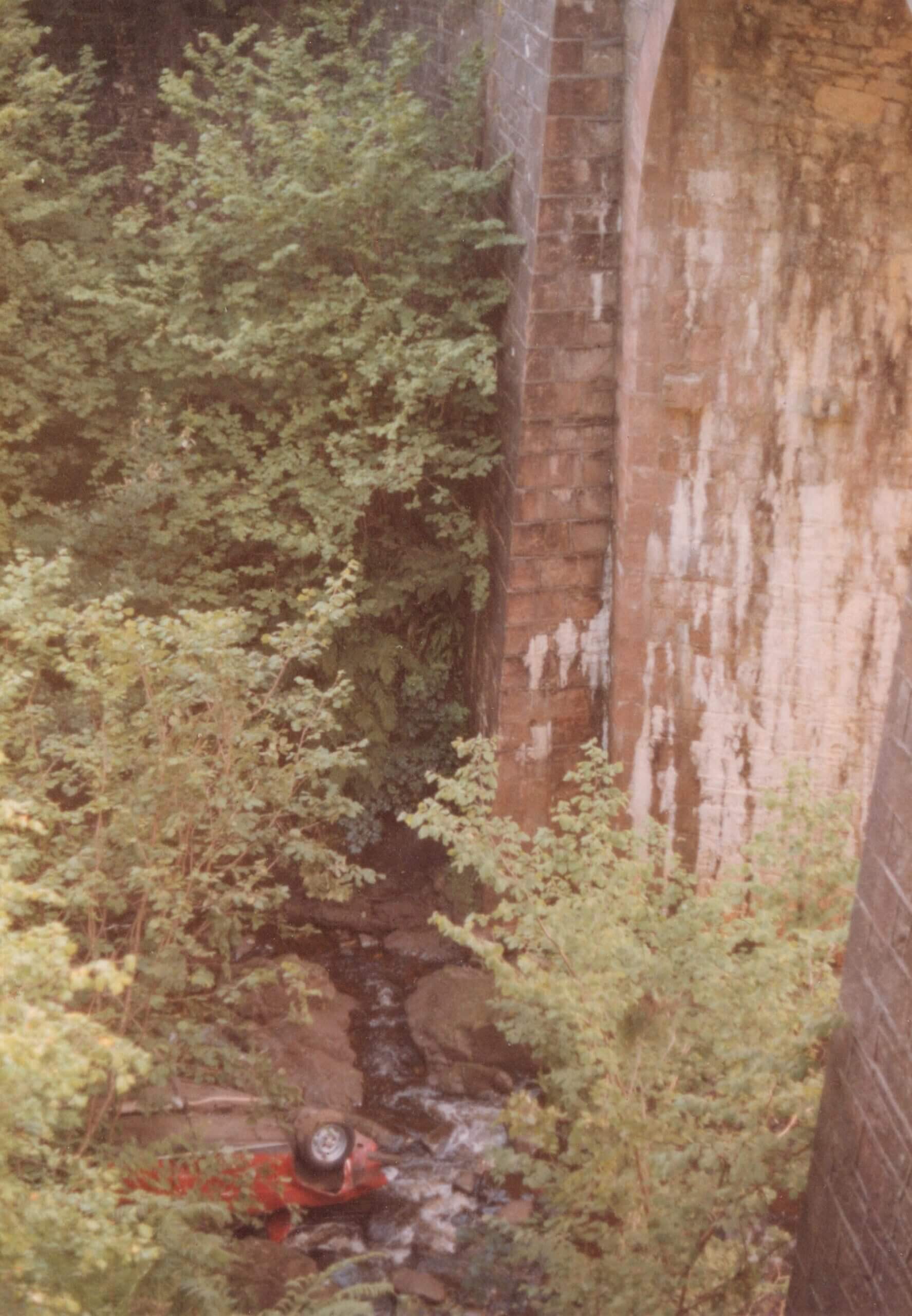
Other Bridges: Apart from the Big Bridge and various hidden bridges under the roads in the Glen. There at one time were also a number of footbridges, principally just below Glenshesk Church and at Broughmore. Both of these footbridges were in use for decades, but sadly in the 1980’s both were washed away by a flood, and the local Council, Moyle, at the time disappointedly decided not to replace them.
The footbridge below the Glen chapel was well used by locals, particularly on a Sunday morning as they cut across from Loughan to the Chapel. Altar boy’s who had to be at mass early often used the footbridge, back when large families had just one car!

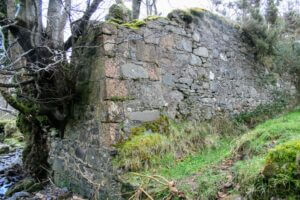
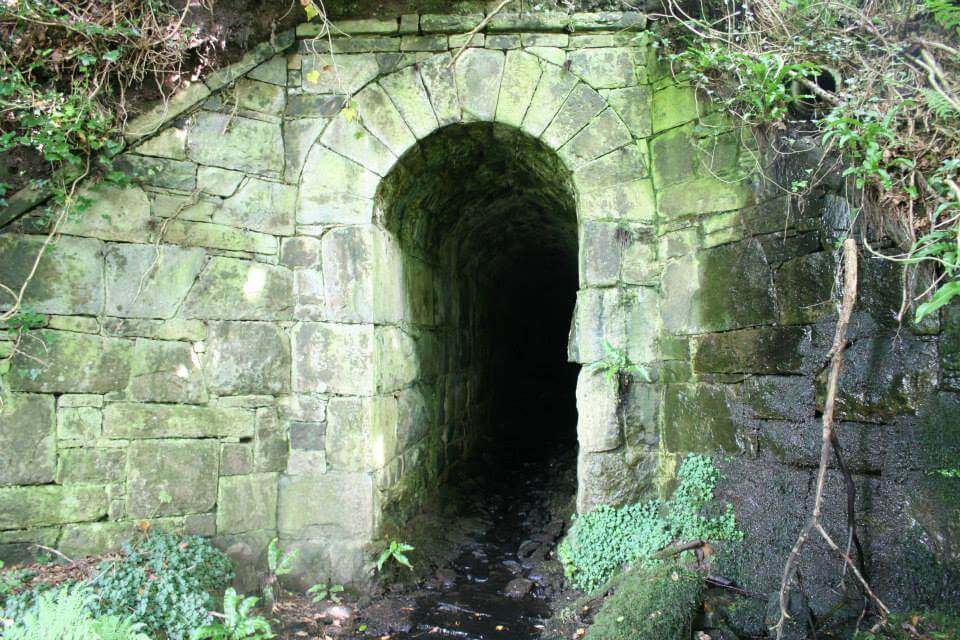
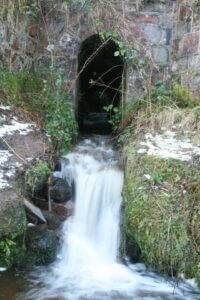
Transportation:
Until the late 1920’s, early 1930’s, the main method of getting around the Glen was either on foot, bicycle, or horse and trap. The condition of the roads up until this time would not have been ideal for motorcars. One of the first motorised transport in the Glen was a motorbike and sidecar used by Francis McCaughan of Duncarbit, pictured.
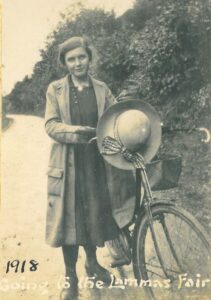
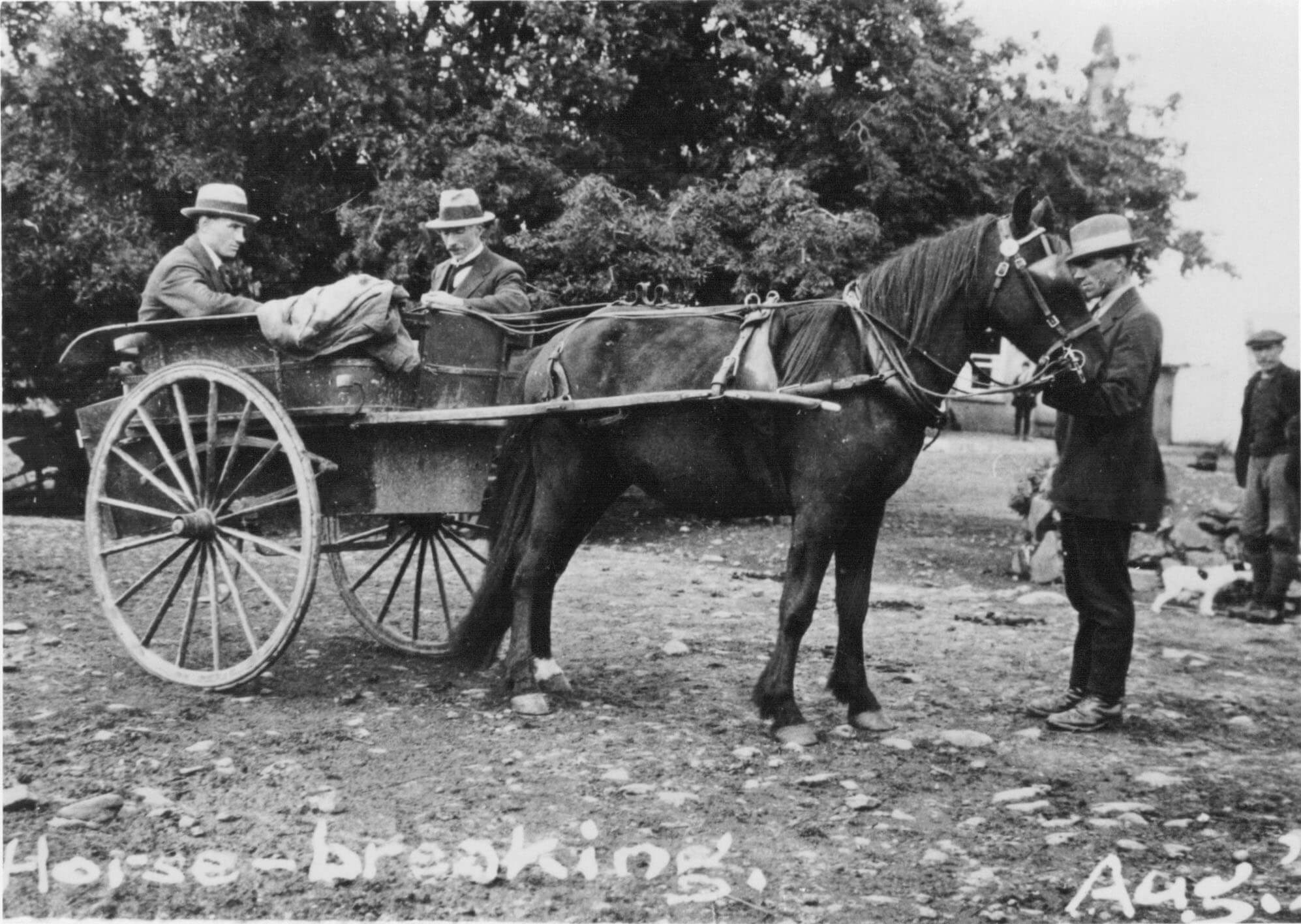

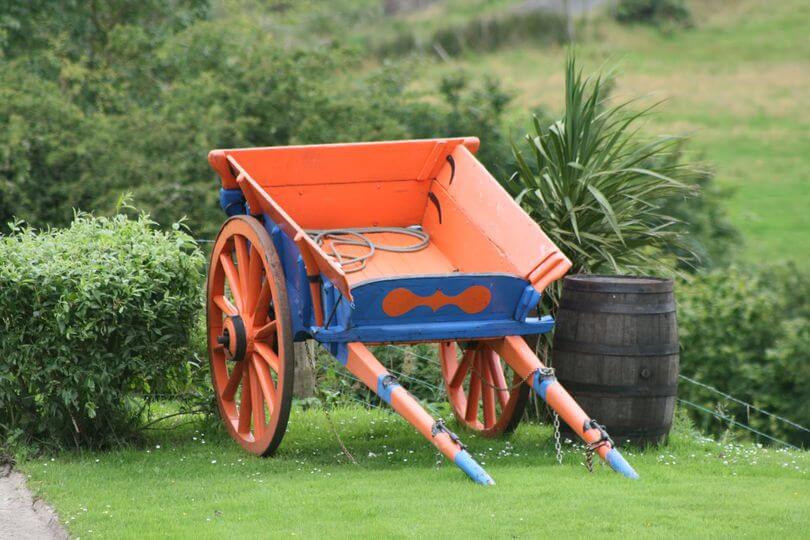
In recent years apart from the introduction of more modern vehicles for general transport, tractors as well as the farm 4×4, the most obvious and essential piece of transport owned by most farmers is the farm Quad, which is ideally suited for the Glen. The addition of a trailer makes its an essential piece of farm equipment, particularly during the lambing season, but it still can get into a jam, as can bee seen in this photograph!


